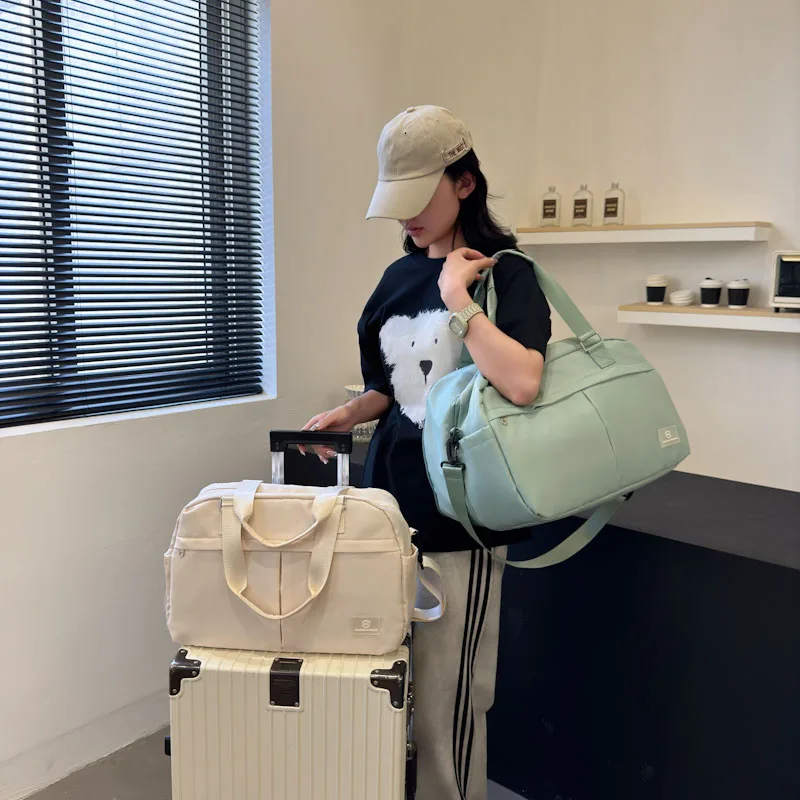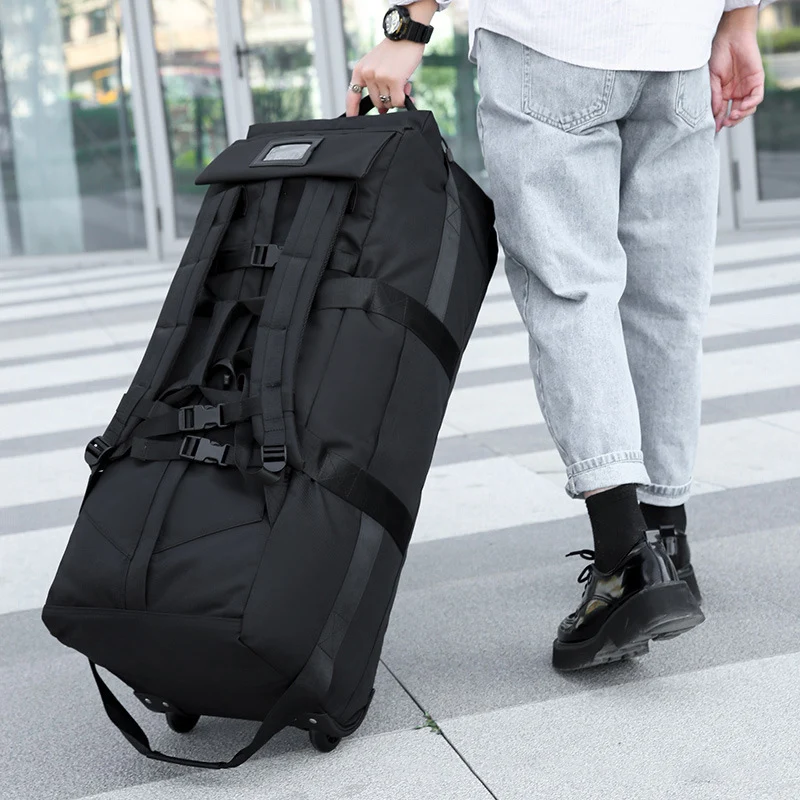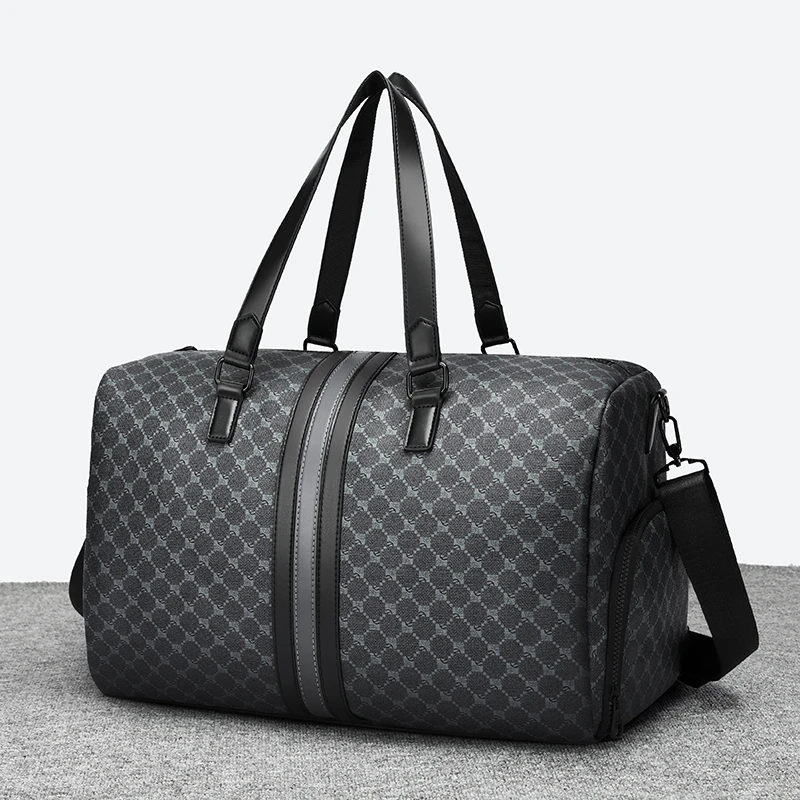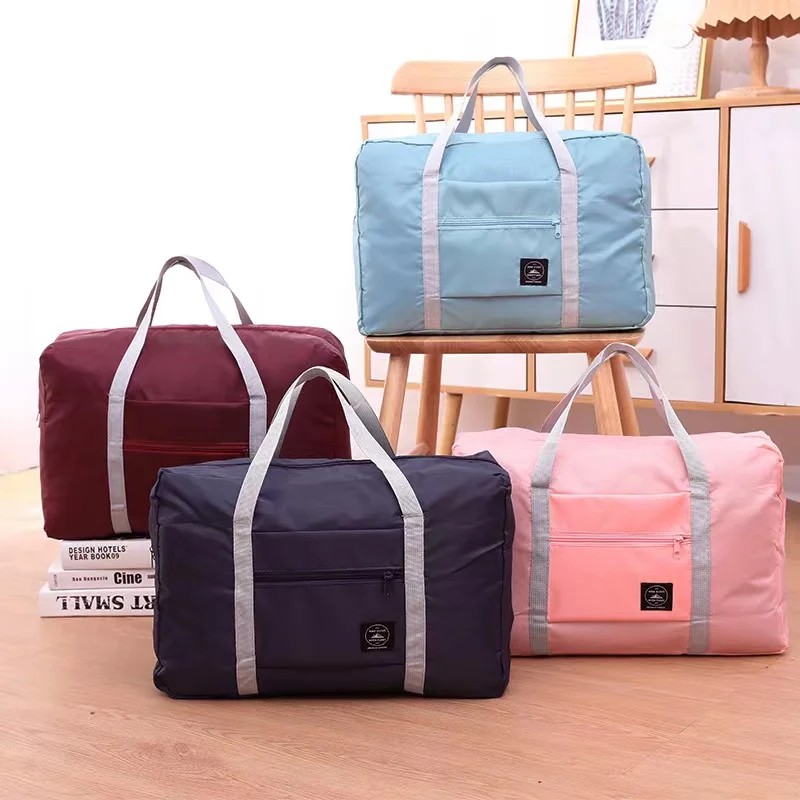Introduction
When planning a trip, one of the most important decisions you make is choosing your luggage. The answer to the question “What is the best type of bag to travel with?” depends on your destination, travel style, and personal needs. Some travelers prefer lightweight backpacks for hiking adventures. Others rely on durable rolling suitcases for business trips. Then there are hybrid options like duffel bags or carry-ons with backpack straps. Each type offers unique benefits and drawbacks. As a result, understanding your priorities helps narrow down the options. For example, mobility matters more in cities with cobblestone streets. Meanwhile, organization becomes key during long international flights. Additionally, airline restrictions influence your choice.
Most carriers allow one personal item and one carry-on. Therefore, compact and efficient designs gain popularity. Durability, comfort, and storage capacity also play major roles. Transitioning between transport modes should feel smooth and stress-free. Whether you’re backpacking through Europe or flying across the country, the right bag makes a big difference. Ultimately, finding your ideal travel companion starts with knowing what each option offers. So, let’s explore the top choices and determine what is the best type of bag to travel with.
 Types of Travel Bags: An Overview
Types of Travel Bags: An Overview
Travelers have many bag styles to choose from, each designed for specific needs. Rolling suitcases are common among business and leisure flyers. They offer smooth movement on flat surfaces and lots of storage space. Most come with expandable sections and interior compartments. Backpacks, on the other hand, provide hands-free mobility. They work well for trekking, urban exploration, or airport transfers. Duffel bags are soft-sided and flexible, fitting into tight spaces. Many include removable shoulders straps or wheels. Tote bags serve as personal items for short trips or day excursions. Messenger bags carry essentials like laptops and documents.
Then there are travel backpacks with built-in frames and hydration pockets. These suit outdoor adventurers and long-term travelers. Hybrid models combine features, such as a suitcase with backpack straps. Each design addresses different travel challenges. As a result, matching your bag to your itinerary improves comfort. Therefore, understanding each type’s strengths helps answer the big question. What is the best type of bag to travel with? The answer varies, but one thing remains clear—functionality matters most.
Rolling Suitcases: Stability and Organization
Rolling suitcases remain a top choice for many travelers. They offer large capacity and easy transport on smooth surfaces. Most models feature two or four spinner wheels for 360-degree movement. This makes navigating airports and hotel lobbies effortless. Hard-shell versions protect fragile items like cameras or glassware. Soft-shell suitcases are lighter and often more flexible. Both types include multiple pockets and interior dividers. These help organize clothes, electronics, and toiletries. Many also have TSA-approved locks for security. Expandable zippers allow extra room when shopping abroad. Telescopic handles adjust to different heights.
This reduces strain during long walks. However, rolling suitcases struggle on uneven terrain. Cobblestones, stairs, and dirt paths limit their use. They also require one hand to steer, reducing freedom. Still, for direct flights and city stays, they perform well. Business travelers especially appreciate their polished look. They fit neatly in overhead bins or under seats. As a result, rolling suitcases suit structured itineraries. If your trip involves minimal walking and reliable infrastructure, this might be the best option. Therefore, consider your route before deciding.
Travel Backpacks: Mobility and Comfort
Travel backpacks are ideal for adventurers and frequent walkers. They distribute weight evenly across both shoulders. This reduces back and neck strain during long hikes or commutes. Most models include padded shoulder straps and waist belts. These enhance comfort and stability. Many also have chest clips to prevent slipping. Ventilated back panels improve airflow and reduce sweating. Internal frames keep the bag upright and balanced. External attachment points let you carry sleeping bags or trekking poles. Some backpacks include laptop sleeves and lockable zippers. Others offer quick-access pockets for passports or phones.
Hydration bladder compartments are common in outdoor styles. Since both hands stay free, you can manage tickets or maps easily. Moreover, backpacks fit under seats and in overhead bins. They adapt well to trains, buses, and small planes. However, they lack the rigid protection of hard-shell cases. Heavy loads can still cause fatigue over time. As a result, choosing the right size matters. For carry-on compliance, aim for 40–45 liters. Larger packs work for extended trips but may require check-in. Ultimately, if you value freedom and flexibility, a travel backpack could be the best choice.
Duffel Bags: Flexibility and Compact Design
Duffel bags stand out for their soft, collapsible structure. They fit into car trunks, overhead bins, and tight storage spaces. Most models use durable fabrics like ballistic nylon or polyester. These resist tears, water, and daily wear. Zippers are typically heavy-duty to handle frequent use. Some duffels include removable shoulder straps or backpack attachments. Others come with wheels and a pull handle for hybrid use. Carry handles allow quick grabbing and short-distance transport. Their simple interior makes packing fast and straightforward. You can roll clothes or stuff gear without complex folding.
Many travelers use duffels as gym bags or weekend companions. They also serve as secondary luggage on longer trips. For example, carry a suitcase and a duffel for souvenirs. However, they lack internal organization. Without compartments, items can shift and become disorganized. Also, carrying heavy duffels by hand causes shoulder strain. Over-the-shoulder straps help but may dig into the skin. Since they don’t stand upright, loading and unloading takes more effort. Still, their lightweight nature and adaptability appeal to many. Weekend travelers, athletes, and minimalist flyers often prefer them. If you need a simple, space-saving option, a duffel might be ideal. Therefore, consider how much structure you truly need.
 Key Features to Consider When Choosing a Travel Bag
Key Features to Consider When Choosing a Travel Bag
Selecting the best travel bag involves more than just appearance. First, consider size and weight. Airlines enforce strict limits on carry-ons. Most allow dimensions around 22 x 14 x 9 inches. Exceeding these may result in fees or forced check-in. Next, evaluate weight when empty. A heavy bag eats into your allowed luggage weight. Lightweight materials help maximize packing room. Durability is another top factor. Look for reinforced stitching and weather-resistant fabrics. YKK zippers are a trusted standard for reliability. Security features include lockable zippers and RFID-blocking pockets. These protect your valuables in crowded areas.
Organization matters for efficiency. Multiple compartments keep items accessible. Pockets for phones, pens, and boarding passes save time. Comfort is essential for long trips. Padded straps, handles, and back panels reduce fatigue. Wheels should rotate smoothly and withstand rough handling. Accessibility is also important. Front-loading designs let you open the bag fully. This makes packing and unpacking easier. Finally, think about versatility. Can the bag convert from backpack to roller? Does it have external clips for extra gear? Answering these questions helps narrow your search. Therefore, prioritize features that match your travel habits.
 Travel Scenarios and the Right Bag for Each
Travel Scenarios and the Right Bag for Each
Your destination and trip type influence your ideal bag choice. For business travel, a rolling suitcase or professional carry-on works best. These offer space for suits, shoes, and tech gear. A slim laptop compartment keeps devices secure. For weekend getaways, a duffel or small backpack suffices. You don’t need large capacity for short stays. Backpacks shine during backpacking trips across countries. They allow long walks and public transit use. Hikers benefit from frame support and hydration access. City travelers often prefer backpacks or crossbody hybrids. They navigate crowded streets and subways with ease.
For beach vacations, a soft duffel or tote bag is practical. You can pack wet swimsuits without damaging other items. Families might use multiple bags, including rolling luggage for kids. Solo travelers on long-term trips often choose 40–50L travel backpacks. These fit months of clothing and essentials. Flight-only travelers can rely on carry-on suitcases. They avoid baggage claims and lost luggage risks. Adventure travelers may need rugged, weatherproof models. Meanwhile, digital nomads prioritize laptop protection and charging ports. Each scenario demands different features. Therefore, align your bag with your journey’s demands. What works in Tokyo may not suit a trek in Nepal.
 Frequently Asked Questions About Travel Bags
Frequently Asked Questions About Travel Bags
What size bag is allowed as a carry-on?
Most airlines allow 22 x 14 x 9 inches, but always check your carrier’s rules.
Can I use a backpack as a personal item?
Yes, if it fits under the seat in front of you.
Are rolling suitcases worth it for international trips?
Yes, especially in cities with paved streets and reliable transport.
How do I prevent theft while traveling?
Use lockable zippers, keep bags in sight, and avoid flashy designs.
Should I choose a hard-shell or soft-shell suitcase?
Hard shells protect fragile items. Soft shells are lighter and more flexible.
Can I wash the interior of my travel backpack?
Spot clean with mild soap. Avoid submerging unless the label allows it.
Do travel bags come with warranty coverage?
Many brands offer limited lifetime warranties against defects.
Is a 40L backpack suitable for carry-on?
Yes, most 40L backpacks fit airline size limits.
What’s the best bag for female travelers?
Look for anti-theft features, comfortable straps, and secure pockets.
How can I make my bag easy to identify?
Add a colorful tag, ribbon, or unique luggage cover.
 Final Thoughts on What Is the Best Type of Bag to Travel With
Final Thoughts on What Is the Best Type of Bag to Travel With
Picking the right travel bag improves your entire journey. Comfort, organization, and durability all contribute to a stress-free experience. While preferences vary, the core question remains: What is the best type of bag to travel with? The answer depends on your route, activities, and personal style. Rolling suitcases work well for direct flights and city stays. Travel backpacks offer unmatched mobility for adventurers. Duffel bags provide flexibility for short trips or secondary use. Hybrid models combine the best of multiple worlds.
Evaluate your needs before making a purchase. Consider weight, size, security, and comfort. Test the bag in person if possible. Read reviews from other travelers for real-world insights. Remember, the best bag supports your lifestyle, not the other way around. Whether you’re flying, hiking, or commuting, the right choice makes travel smoother. Ultimately, your luggage should feel like an extension of your plan. So, take time to decide. After all, what is the best type of bag to travel with? It’s the one that moves with you, not against you.
